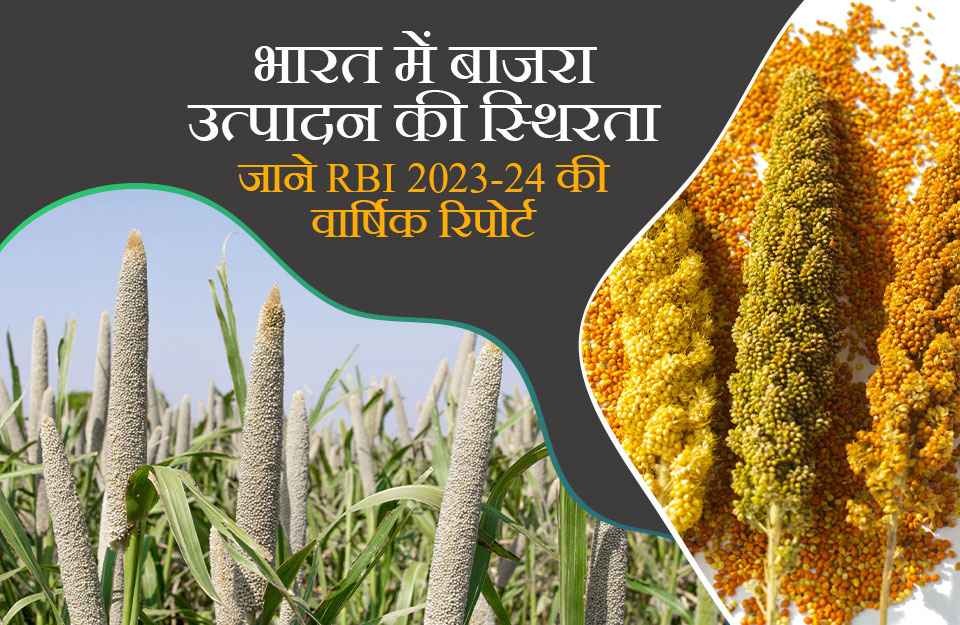
According to the latest annual report by the Reserve Bank of India (RBI), millet production in India has not seen significant growth in recent years. Despite being a traditional staple and resilient crop, millets have not achieved the same level of production increase as other major crops in the country. The report attributes this stagnation to limited market demand, inadequate marketing infrastructure, and a lack of awareness about the nutritional benefits of millets among consumers. Additionally, the focus on high-yield cereal crops like rice and wheat has overshadowed the importance of millet cultivation.
The RBI’s annual report for 2023-24 indicates that India is facing stagnation in both the acreage and production of millets. Although India accounts for almost 80 percent of Asia's and 20 percent of the global millet production, there has been little growth in recent years.
Millets play a crucial role in food security in India, especially for rural and economically disadvantaged populations. These grains are highly nutritious and can provide food security in regions where other crops might not thrive due to harsh climatic conditions. Millets are hardy and drought-resistant, capable of growing in marginal soils and low-rainfall areas, making them a reliable food source and an ideal crop for farmers in challenging environmental conditions.